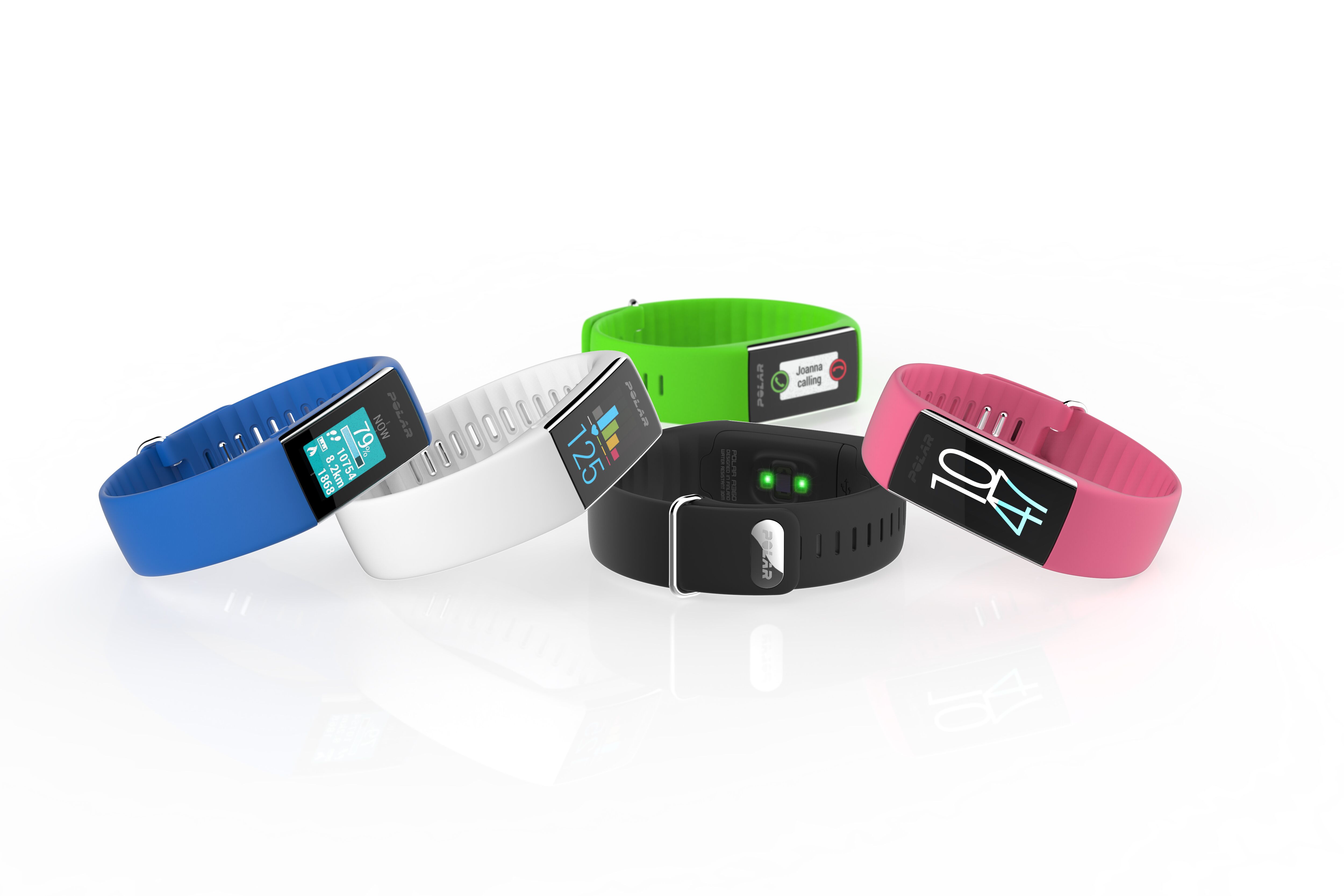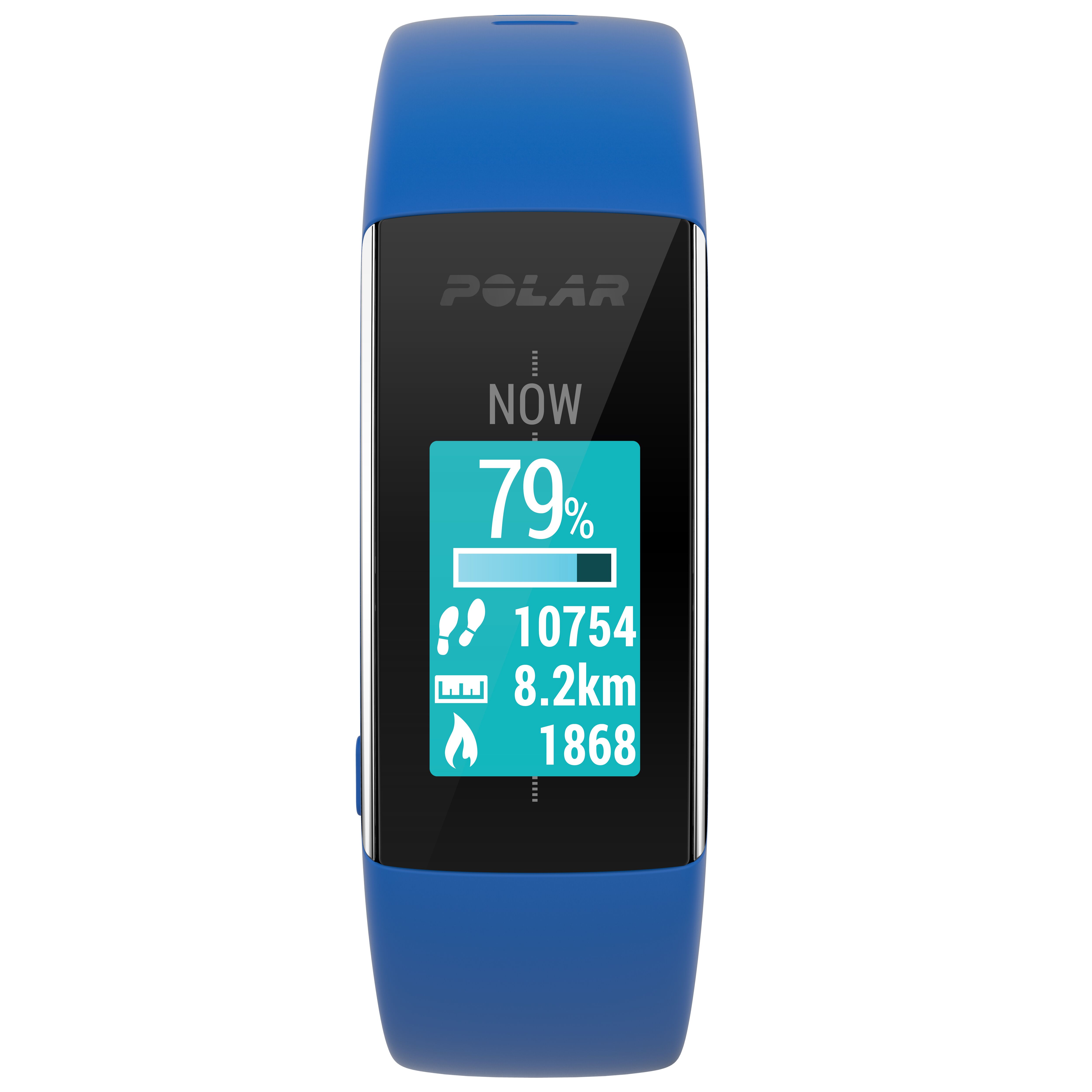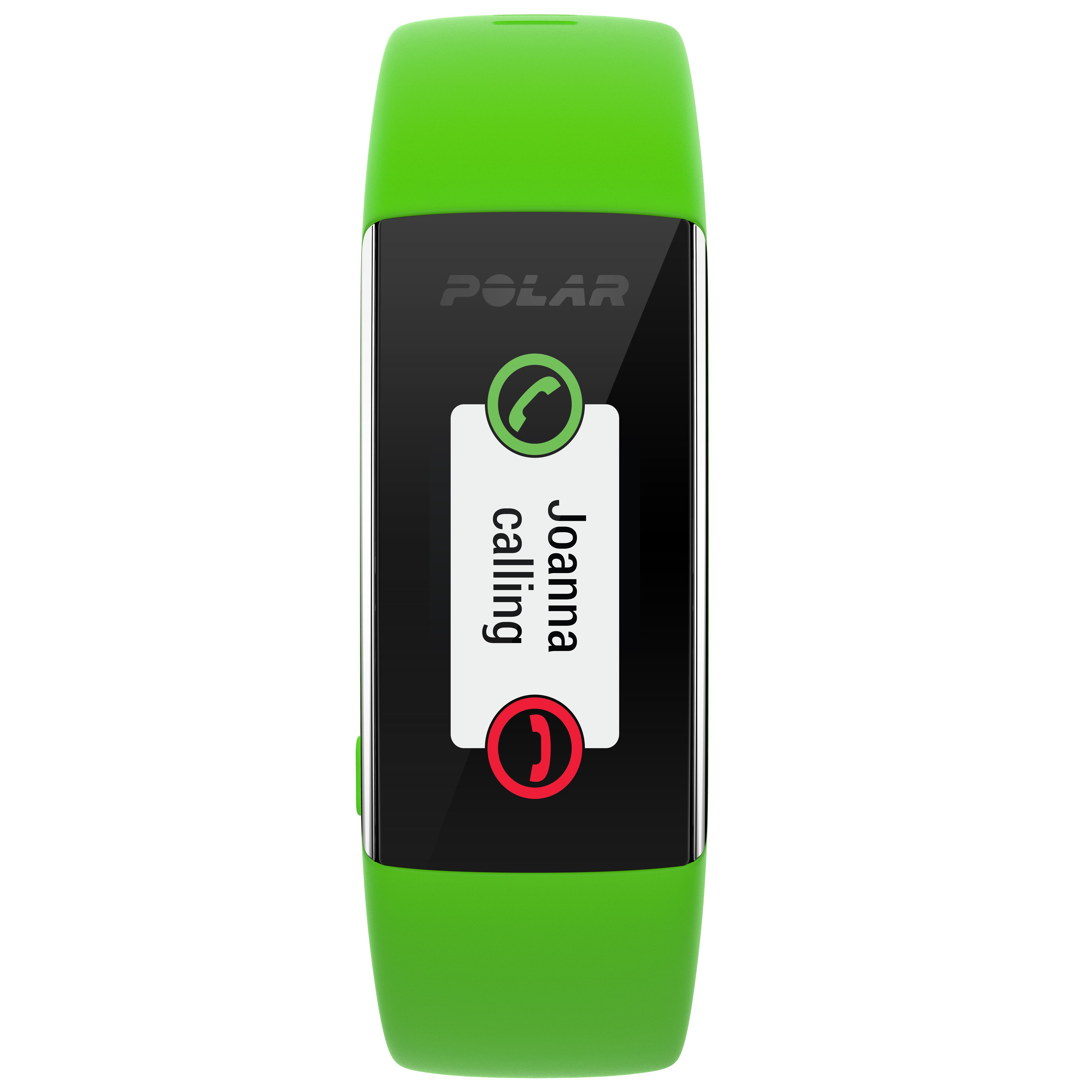
Updated on 11-11-2015 by Andy Boxall: Added in news of the Polar A360’s release
Polar A360 goes on sale
If you’ve been eagerly awaiting the Polar A360, then head over to the company’s website now, as it’s all ready to order. The band is being sold for $200/£155, and comes in three different sizes. To ensure you buy the right one, there is a downloadable measurement guide. However, if you’re waiting for a color other than black or white, you’ll need to have a little patience. The A360 range is broken down like this: The small band is in white and soon pink, the medium in black with pink coming soon, and finally large in black and soon blue. Interchangeable silicon wristbands will be available next year in an array of colors, including white, black, green, pink, and blue.
Heart rate tracking at its best
Finland-based Polar developed the first wireless heart-rate monitor in the late ’70s, and hasn’t strayed from fitness training and monitoring equipment since. It makes a heart-rate-measuring waistband, cycling computers, armband GPS, and stride sensors of all shapes and sizes. A little more recently, though, the company dipped its toes in fitness trackers with two Bluetooth wearables, the Loop and V800. The only problem? The steep price and feature gap: The budget-conscious, $120 Loop lacks GPS, a feature exclusive to the $445 V800. Both require an accessory to measure heart rate. But not the Polar A360.

The A360’s hardware is, for a wearable fitness tracker, par for the course. It’s got a color touchscreen, a vibration motor, interchangeable bands, a waterproof stainless steel and glass design, 100 mAh battery — Polar says it can track activity up to two weeks — and an optical heart-rate monitor. That may all sound humdrum, but Polar says its heart-rate technology is second to none. It’s in-house and proprietary, the company says, and uses an algorithm “optimized for the hardware.” Presumably, that means the A360’s beats-per-minute readings are a little more accurate than your average smartwatch, though we’ve yet to put the company’s claims to the test.
The A360’s software features set it apart, too. For example, the Polar Flow mobile app sports Smart Coaching, which personalizes workouts with “practical” guidance — i.e., “walk for 50 minutes or jog for 20 minutes” — and rewards you when you complete those goals. The A360 ties into Polar’s Flow management system, as well, so your daily activity, steps, calories, workouts, and sleep are synced to the Polar mobile app and the Web. From there, you can analyze the data in adjustable time slices. If you’re training with a coach and opt into Polar’s Flow for Coach, you can get feedback on workouts and new training routines, or even use Flow for Coach to share live heart-rate data.
And like any modern-day activity tracker/smartwatch hybrid, the A360 can show notifications from a Bluetooth-paired smartphone. All your incoming calls, calendar alerts, and messages will show up on your A360. Notifications are an iOS-only affair for now, but Polar says that Android support is due to hit sometime in November.







